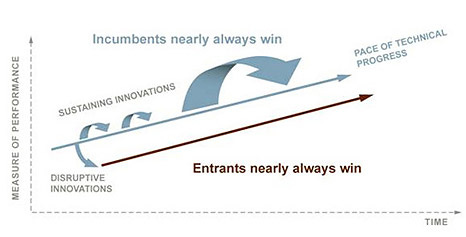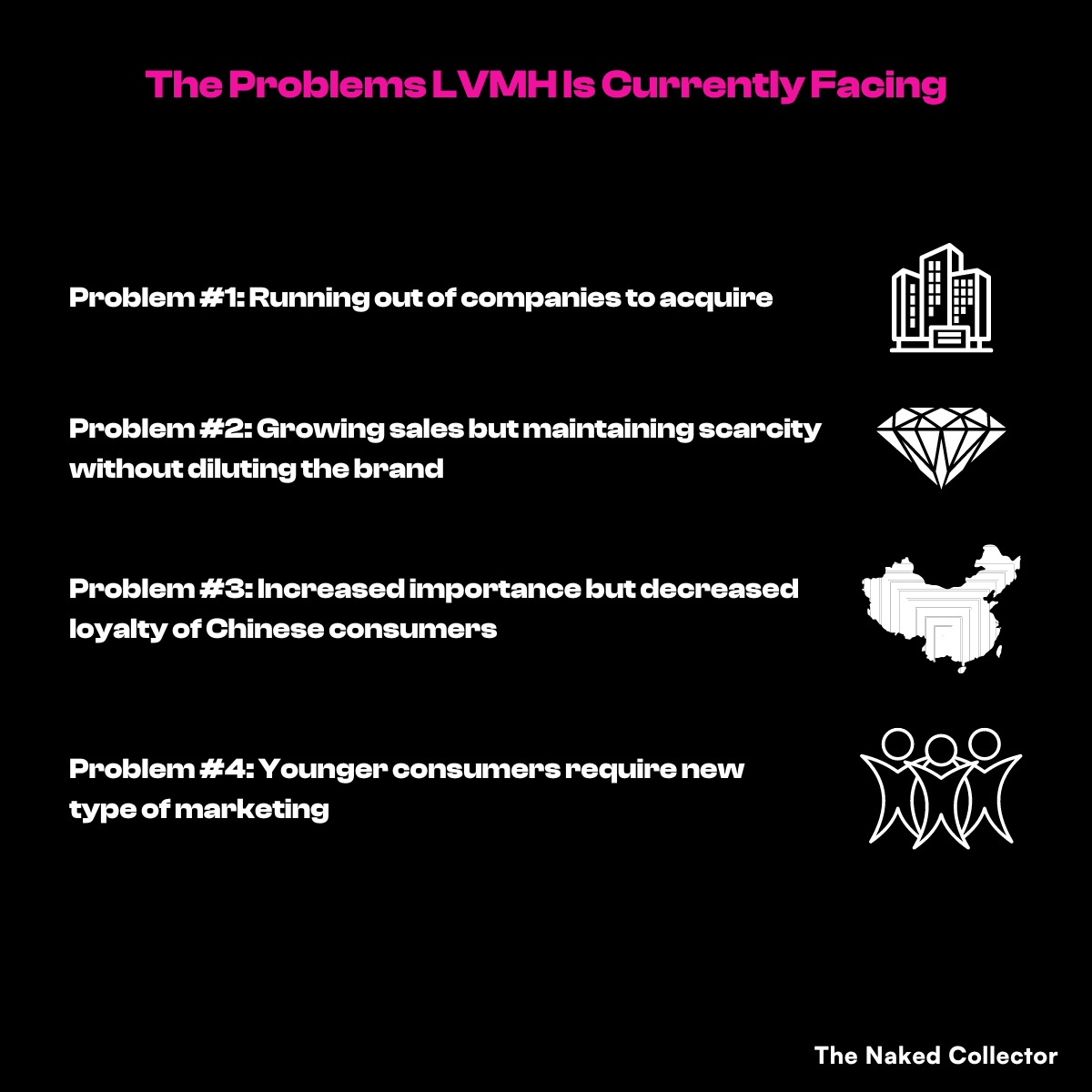First of all, if you are reading this, congratulations on finding arguably one of the best (and longest running) newsletters on Web3 strategy in the consumer/fashion space.
By joining us, you're aligning yourself with the industry's major brands and influential consumer VC funds.
If you find any of this helpful, consider sharing the newsletter.
Important Announcements
Making The Naked Collector Paid
For the foreseeable future I’ll be making most of The Naked Collector content paid, as this will allow me to continue producing top tier content and share more elaborate takeaways.
Launching Your New VC Guide – Venture Collector
Also, if you’re investing in the Web3 space then I recommend you subscribe to my new outlet, Venture Collector.
It will initially focus on data that I’ll keep updating. It currently includes:
Web3 Fashion project database → See which VCs are investing in the Web3 Fashion space and how much
Live Web3 Fashion data → See the status of the Fashion NFT market
Web2 Fashion projects in Web3 to date → Understand what Web2 brands are doing in the space
In sum, you’ll save hundreds of hours in research.
The ultimate goal is to expand my 7-year Web3 expertise into new segments like AI and consumer goods.
Having said this, I want to keep the information exclusive so it will be priced at $50/mo., which is little if you’re serious about investing (or building) in the space.
Now, finally, on to the issue…
LVMH Against the World
Breaking an old business model is always going to require leaders to follow their instinct. There will always be persuasive reasons not to take a risk. But if you only do what worked in the past, you will wake up one day and find that you’ve been passed by.
– Clayton M. Christensen
According to renowned HBS professor Clayton Christensen's disruptive innovation theory, disruptive innovation is the key to displacing incumbents. Incumbents like LVMH.
This article explores how LVMH can leverage potentially disruptive innovation that is Web3 to avoid being replaced by new entrants or how the more nimble new entrants can utilize Web3 to gradually replace LVMH.
Why the Current Web2 Brand Approach Doesn’t Work?
I've spent 2.5 years exploring Web2 brands in Web3 like no other, and it's clear that nobody has cracked the code yet.
Not Nike, not Adidas, not Starbucks, not Porsche.
Take Starbucks, for example. Despite reaching a $3.3M secondary volume, it had to shut down its beta program in March.
But timing isn't the only issue. Starbucks never came close to matching the volume of popular Web3 projects like BAYC, which hit $400M in secondary volume in 2023.
The fundamental reason is that Web2 companies don’t see how Web3 integrates with their core business and it shows.
Now, I discussed LVMH’s very tangible business problems in Part 1 of this series.
The four biggest challenges or problems LVMH is currently facing:
Running out of companies to acquire
Growing sales but maintaining scarcity without diluting the brand
Increased importance but decreased loyalty of Chinese consumers
Younger consumers require new type of marketing
Now, let's explore how Web3 can help LVMH address these areas while delivering a positive ROI and integrating the technology into its ecosystem.
Too much alpha to give away for free…
(Good thing you can always join the builders of the future and institutions like Harvard Business School, Pinterest, Coinbase, Adidas, Prada, Warner Music, H&M by subscribing.)








